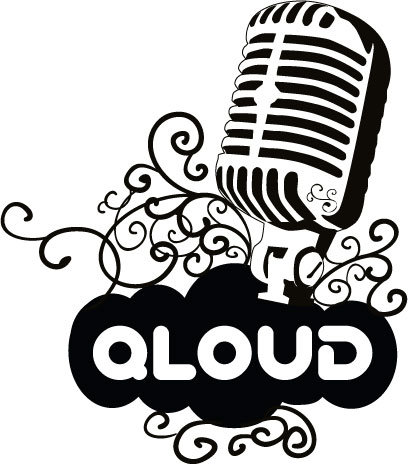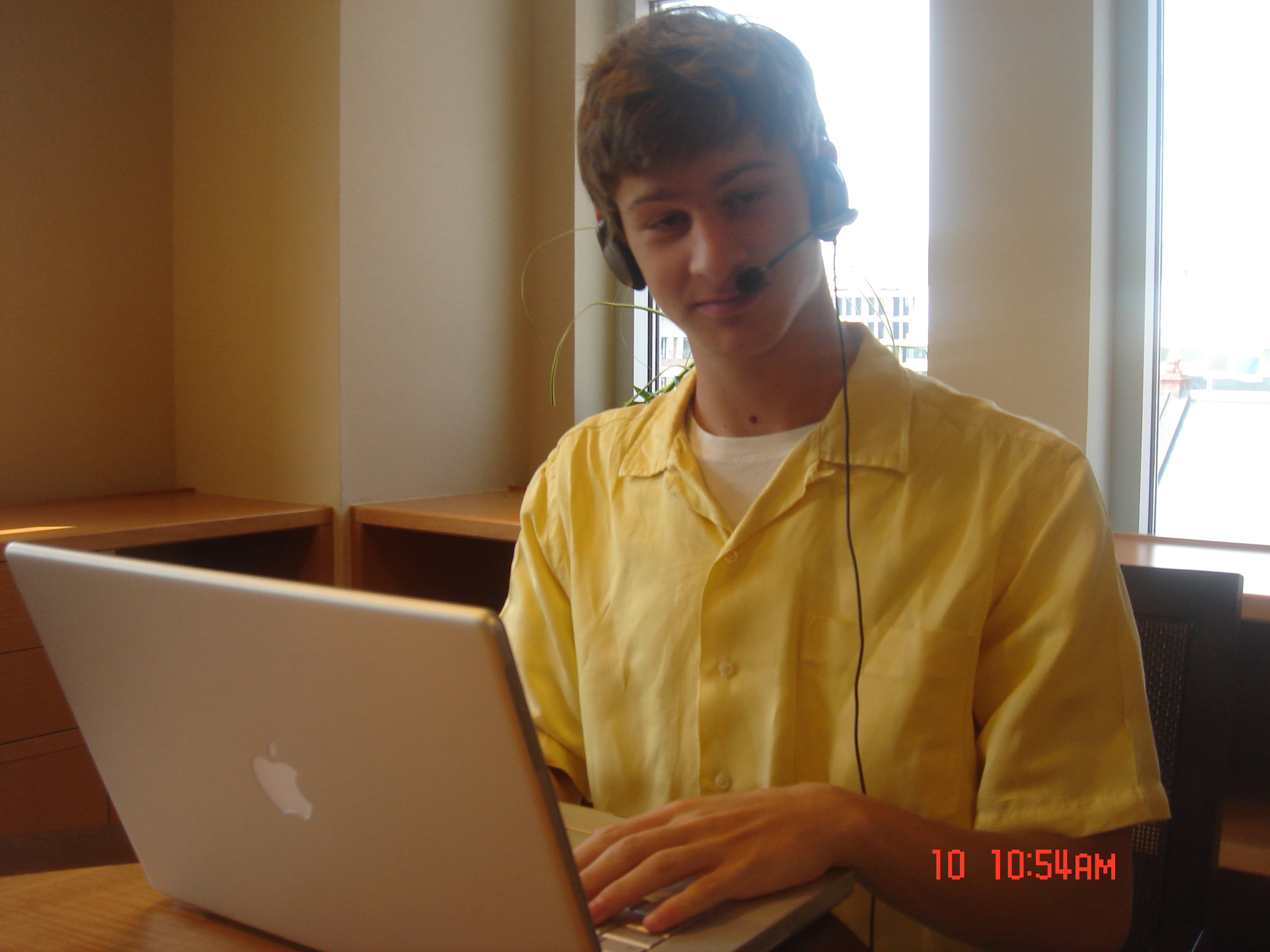This is post #2 about the Qloud experience. The previous post was about jumping ship and starting the company.

Once we started Qloud, we started building the product and also started fundraising. From day one, looking at our finances, we knew that we had 6 months to get the company to a place where we could raise outside capital. Not only did we need to get the product built and working but we needed to hone our pitch. We came up with what we thought was a compelling vision and set out to talk to investors.
Our pitch was that what we learned at Ruckus was that music discovery was a huge problem. Talking to students it was clear that all discovery was word-of-mouth. Qloud was going to be a way to allow people to find new music without having to ask your friend down the hall. We were going to do that in 2 ways:
- we would offer a music search engine where you could search by tags and by demographic. For instance, i want all the music tagged “happy” that is being listened to the most by men age 18-20 who live in Los Angeles. This would return a list of songs that you could then sample.
- we would allow people to tag music inside their iTunes. By creating a tag cloud, we would enable on-demand playlists for “happy” or “summer” or “breakup” inside the player. This tagging and information from the iTunes would power the search capability provided in step 1.
A Chris Dixon recently wrote, this strategy was a “come for the tool, stay for the network” product strategy.
Some thinking about shaping that pitch:
- Music was a super hot category back then. The iPod and iTunes were one of the first real mainstream technology hits. As a result, there was a lot of attention about how to integrate and capitalize on that momentum.
- Tagging and the concept of Web 2.0 was also super hot. The use of tagging in Flickr and del.icio.us made people think that it’d be big and defining convention of the web. It’s interesting to see that tagging has survived as hashtags today.
- Find -> Purchase -> Play -> Find More —- in this lifecycle you had iTunes and Amazon CD’s for purchasing, the iPod/iTunes for playing. The only place available in the music ecosystem for a new service was the discovery place. This is still largely true and part of the reason Pandora and internet radio is so popular.
- We listened this Al Pacino speech a lot before our meetings. It’s great at getting you pumped up.
We hit all the local investors in DC and then went to San Francisco and hit up all the investors there. A few thoughts about that experience:
DC Investors – they all seemed to have made their money off of wireless and telecom. There wasn’t really a good VC for consumer tech. Novak Biddle was the best we had. As a team, we had no track record other than working at AOL and then working at Ruckus but we were still able to get meetings somehow. The local Angel network was totally useless. It was as if they had never ever used the internet. The AOL network was large but not willing to angel fund startups. It’s nothing like it is in the valley. It’s also nothing like it is today. Being an entrepreneur wasn’t trendy or popular and you almost never saw other startups.
SF Investors – These meetings were interesting. We frequently got asked whether we’re moving out there. I think the general reaction was that it was a smart idea for a service but not a big money maker. They were right.
Steve Case – we were able to get a meeting with him and he brought his son, Everett, who was in then still in high school. They were probably the most informed and intelligent investors we talked to. They got the music space. They got web 2.0 and understood what we were doing. Thankfully Everett liked what we were doing too.

By the end of our process we didn’t have too many offers. We had strong interest at Columbia Capital (thank you Michael Avon) and a term sheet from Steve Case’s Revolution firm. Our term sheet from Case was interesting. It was a tranche investment. It gave us $200k, then the commitment to invest $500k more once we launched, and they then had the right to invest another $1 million at a set valuation at their discretion. It wasn’t great. But we didn’t have another option so we took it. For better or worse, we were now in bed with Revolution. There’s another blog post about what happened when this all fell apart.
Looking back I’m not sure I would have done anything different. We didn’t have a product, but we believed in our direction. I think we could have dreamed bigger and been more ambitious, but at that time we didn’t necessarily know how to execute on a bigger vision. We could only pitch what we thought we could deliver in the next 6-18 months.
I also got a better sense of the valley and those VC’s. They want bigger stories and ambitious products and it’s hard to pitch something like that when you’re just getting started. It’s rare the startup that starts with it’s 5-year old product in mind. Most people get success and build from there. While that’s practical, it’s not sexy to investors. They want to see a way for your product to be very successful and it’s your responsibility to show them. We were good at finding the marketing opportunity but not necessarily finding the killer product to seize it.
PS: People often say that you should really vet the investor when you take money. In this instance and also with Kapost we didn’t have many options for our first round of funding. We had to take the only offer on the table. In both cases it worked out great. You have to hustle and only if you have options can you doing any choosing. This is one of my main takeaways: you’re only as good as your options. You can dream all you want, but at the end of the day you have the take the paths available.